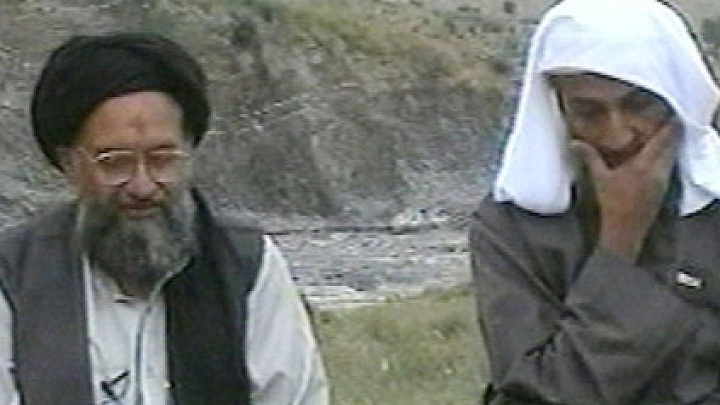Revisiting the First 102 Days of the War on Terror

The phrase Tora Bora became a tagline for anti-Bush stump speeches by John Kerry during his 2004 presidential run. Over a decade later youve written a book about what happened there. First, why did you want to document this moment in history, and second, what is its larger significance, besides the obvious ten-year hunt for Americas most wanted man?
I think it’s safe to say that September 11 and the 102 days that followed represented the most important moment in history since the collapse of the Soviet Union. What happened during those 102 days set the stage for the longest war in American history and has shaped America’s role in the world. It was the only time for nearly a decade in which the United States knew exactly where Osama bin Laden was. And, it was the last time that the majority of al Qaeda’s leadership would ever be in the same place. From that point forward, nothing in Afghanistan, Pakistan, and the war against al Qaeda has ever been the same.
Its important to note that the significance of Tora Bora extends beyond bin Laden. As I have written elsewhere, the best estimates indicate that over one thousand al Qaeda and Taliban operatives were positioned around the Tora Bora mountain range at the start of the battle while only 250 were killed or captured. Among those at Tora Bora were Ayman al Zawahiri, Osama bin Laden’s deputy and now the leader of al-Qaeda; Nasir al Wuhayshi, the Yemeni firebrand who runs al-Qaeda in the Arabian Peninsula; Abu Ahmed al Kuwaiti, the courier who led the CIA to Osama bin Laden’s compound in Abbottabad, Pakistan.
Indeed, Tora Bora was the last time that the majority of al Qaeda’s leadership would ever be in the same place. For the United States of America, it was a singular opportunity to destroy much of al-Qaeda in one swift motion. So at its core, the Battle for Tora Bora was not simply a botched attempt to kill bin Laden; it was a fight for the very existence of al Qaeda, and I think a question that future historians will vigorously debate is whether al Qaeda could have survived if most of the militants at Tora Bora were killed or captured in 2001.
Is this a testimony to the failure of the light footprint model of holding territory?
Perhaps, but only because the “light footprint model” was never designed for holding territory. As I wrote in the book:
The failure to prevent the exodus of hundreds – if not thousands – of core al-Qaeda and Taliban leaders and operatives into Pakistan represented a catastrophic blunder that enabled America’s enemies to regroup and endure in relative safety. This operational failure stemmed largely from the light footprint approach used to topple the Taliban across Afghanistan. The low number of American commandos, backed by the full force of U.S. air power, and combined with dubious Afghan allies was an effective formula for disrupting and removing the political power of local Taliban forces in Afghanistan. But this model of warfare was neither designed nor suitable for cordoning off swaths of land and capturing or killing the enemies within that region.
It was a classic ends and means mismatch. The “light footprint approach” proved very effective across Afghanistan in vanquishing militants from local strongholds. It was also very effective at Tora Bora in accomplishing that same task. The real failure was applying a technique proven to send militants running to a situation where the objective should have been to prevent escape and kill or capture everyone.
Tora Bora was the last time that the majority of al Qaeda’s leadership would ever be in the same place. For the United States of America, it was a singular opportunity to destroy much of al-Qaeda in one swift motion.
You write that no one in the White House was paying attention when we had OBL cornered. Was this out of complacency after our routing of the Taliban? Were we already distracted by Saddams WMD? Why did we take our eye off the ball?
